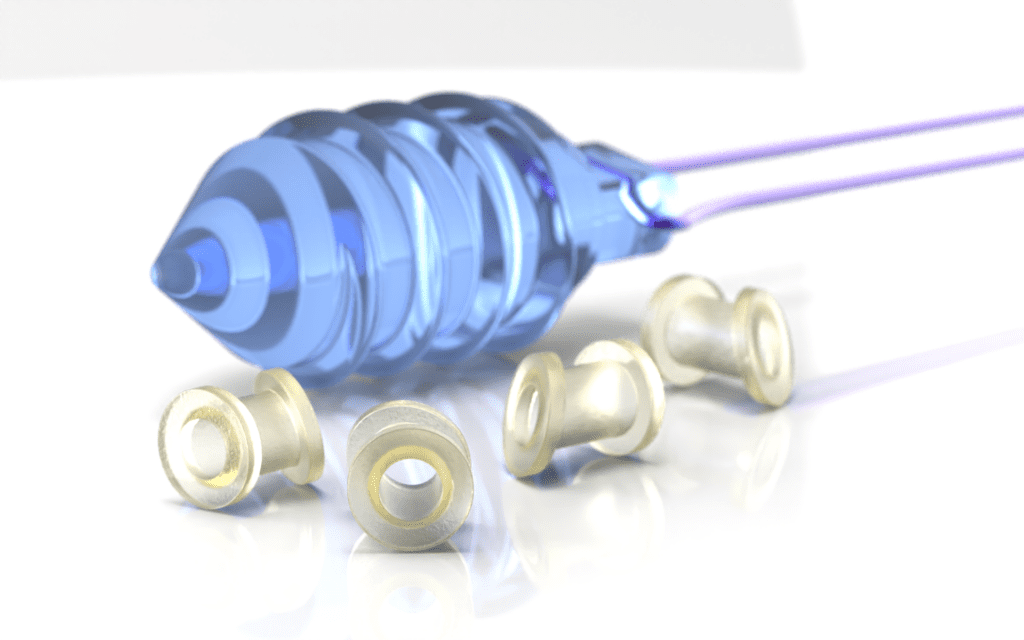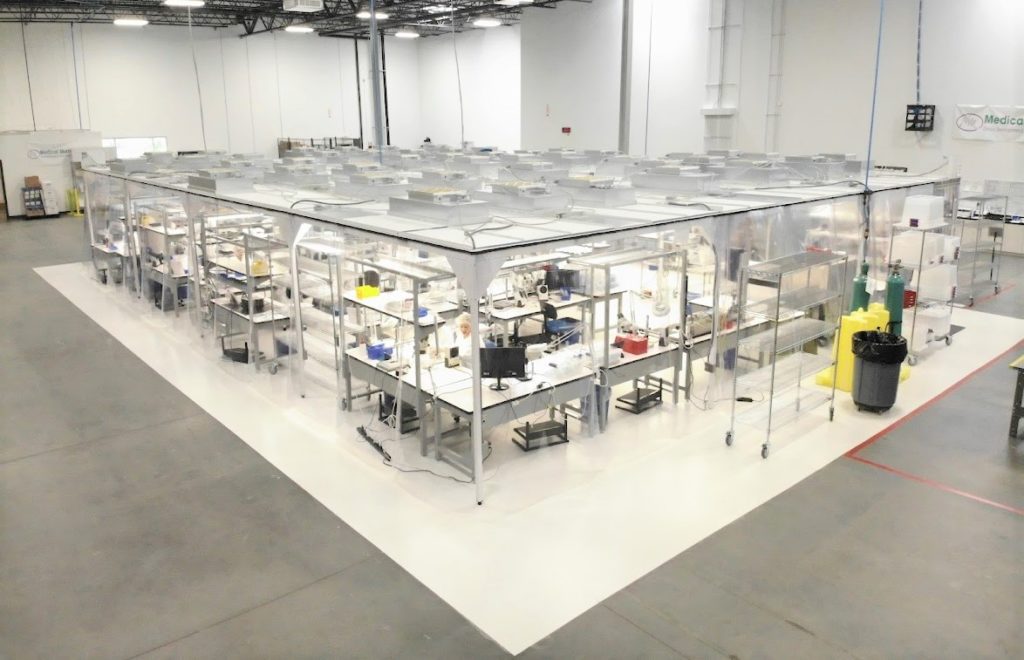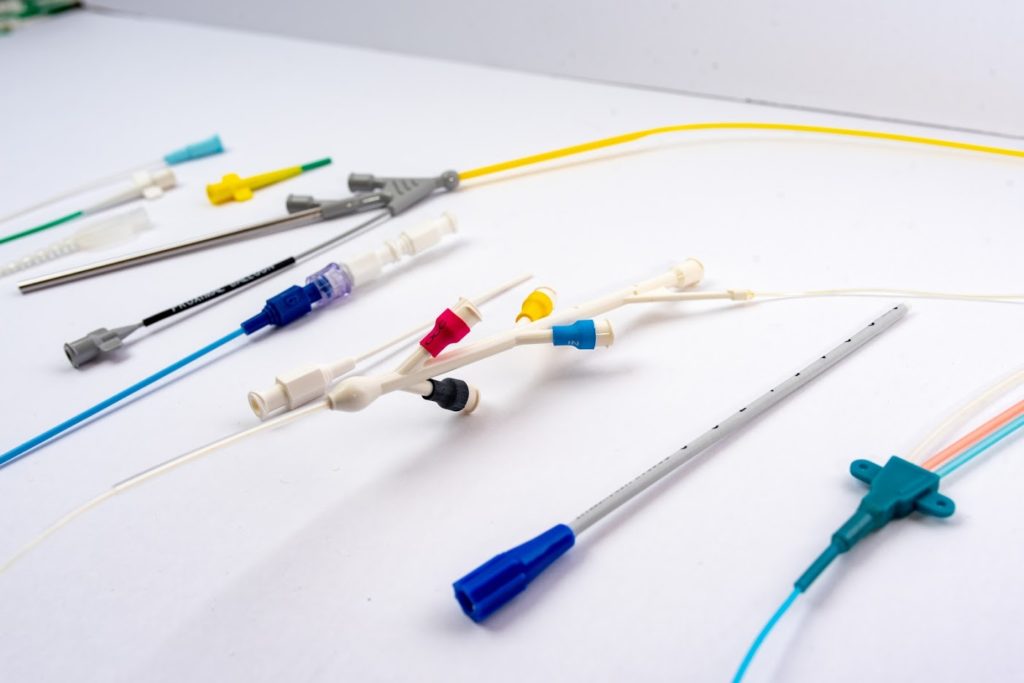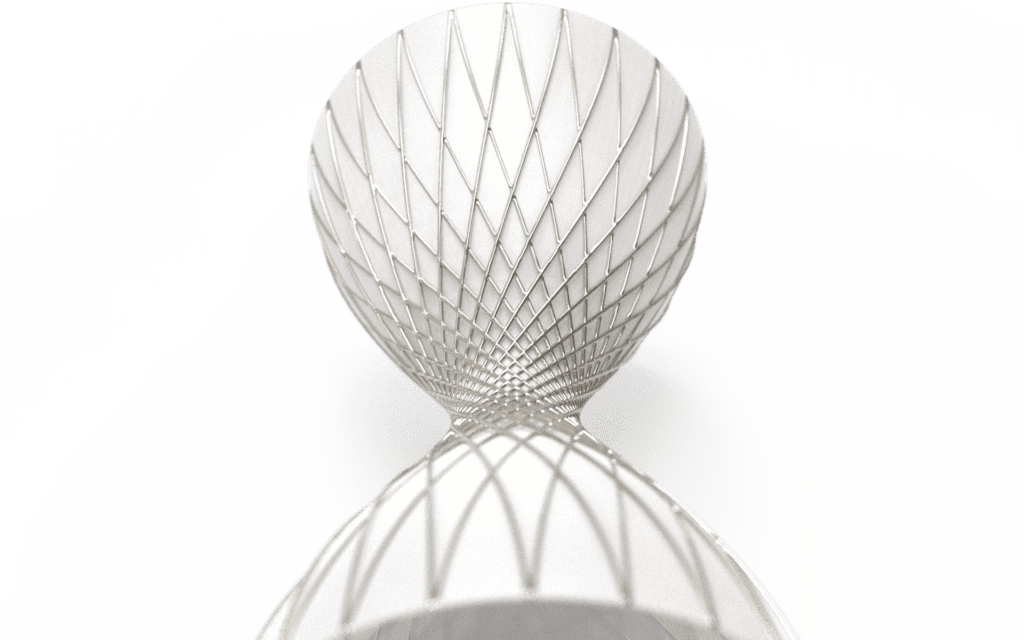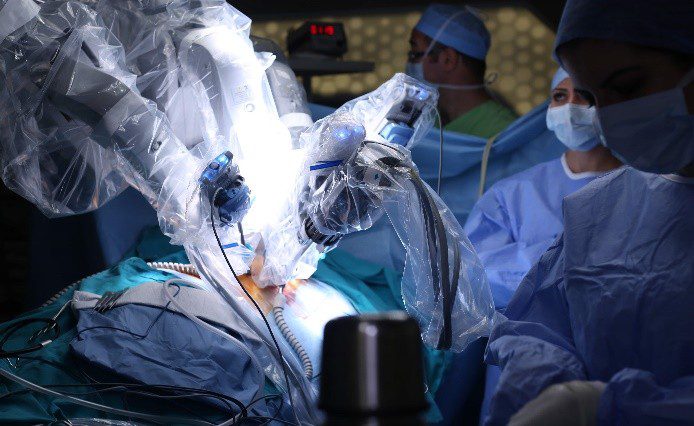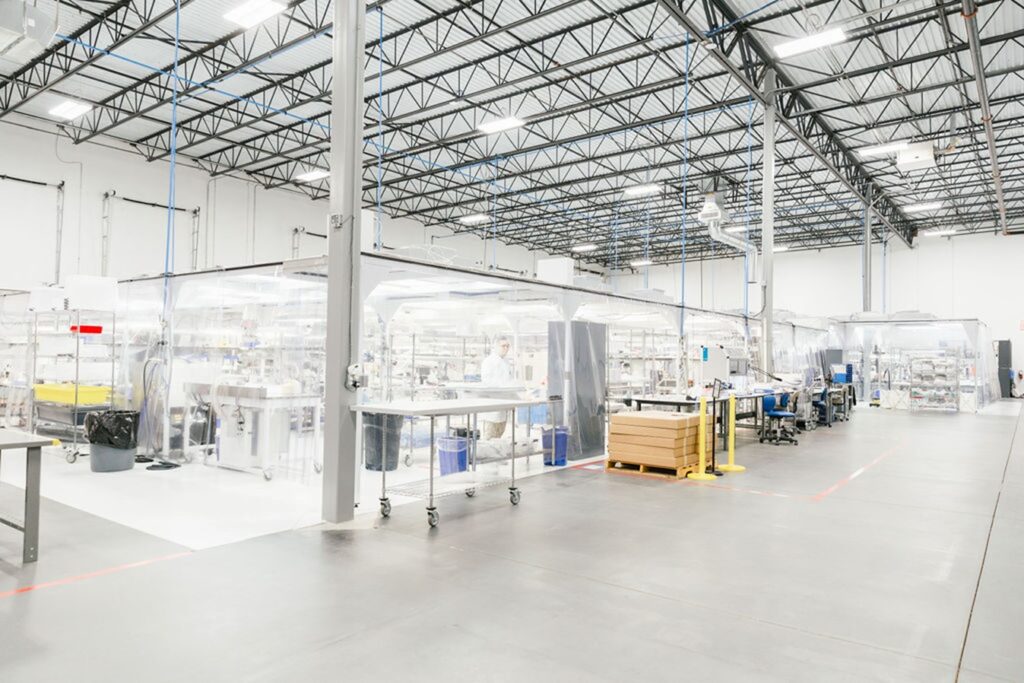Blog
A Closer Look at Bioresorbable Polymer Implants
Why Bioresorbable Implants Matter Bioresorbable implants—made from polymers that gradually dissolve in the body—are transforming the medical device landscape. They serve their purpose during healing, then safely break down into byproducts the body can metabolize. By doing so, they eliminate the need for removal surgery and reduce the risk of complications often associated with permanent…
Read MoreMedical Device Manufacturing: Choosing the Right Path
When it comes to manufacturing complex medical devices like catheters and transcatheter implants, selecting the right pathway can make all the difference. Should you work with a CDMO to develop your device and transfer it into manufacturing? Or is your device already developed and ready for a manufacturing line transfer? Do you start with pilot…
Read MoreComplex Catheter Contract Manufacturing: Challenges, Examples, and Strategic Tips
The world of catheter innovation is advancing rapidly. With the growing complexity of medical procedures, the demand for catheters with advanced functionalities continues to rise. Unlike simple, well-established catheter designs, complex catheter manufacturing faces unique challenges in design, materials, and production. What Makes Complex Catheter Manufacturing Difficult? There are a few distinct challenges that make…
Read MoreWhy ePTFE is Revolutionizing Stent Grafts and Medical Devices
At Medical Murray, we’re passionate about driving innovation in medical device manufacturing. One material that continues to inspire us and transform the industry is expanded polytetrafluoroethylene (ePTFE). Known for its unmatched biocompatibility, durability, and flexibility, ePTFE is at the core of cutting-edge solutions for vascular, gastrointestinal, and surgical applications. Whether we’re crafting covered stent grafts…
Read MoreCovered Stents and Frames: Innovations in High-Risk Medical Procedures
At Medical Murray, we are dedicated to advancing covered stent and frame technology for high-risk medical procedures. Our expertise in material selection and processing enables us to deliver customized, biocompatible solutions that meet the most demanding clinical needs. Using materials like ePTFE, polyester, polyurethanes, and silicones, we create devices optimized for durability, flexibility, and patient…
Read MoreImplant Delivery Systems for MIS: Types and Development Considerations
At Medical Murray, we’ve seen how minimally invasive surgery (MIS) has continued to revolutionize patient care over the past 3 decades. By reducing recovery times, minimizing scarring, and lowering the risk of complications, MIS is reshaping the medical field. A critical component of this transformation is the development of sophisticated implant delivery systems that allow…
Read MoreDeveloping Pediatric Medical Devices: A Unique and Rewarding Challenge
At Medical Murray, we are deeply committed to the development of pediatric medical devices and the life-changing impact they can have on young patients. Manufacturing pediatric devices presents both technical and emotional challenges, but the reward of contributing to children’s healthcare is immeasurable. Many companies are adopting a “pediatric first” strategy, which focuses on creating…
Read MoreSensor Integration for Catheters: Boosting Diagnostic and Treatment Capabilities
The medical field is advancing rapidly, with new technologies making it possible to diagnose and treat patients more precisely. One of the most exciting developments is integrating sensors into catheters, which has greatly improved both diagnosis and therapy. At Medical Murray, we’re leading the way in this innovation, using our expertise to develop advanced catheters…
Read MoreManufacturing Transcatheter Implants: Ensuring Consistency and Quality
At Medical Murray, we know that developing a great transcatheter implant is only the first step. Once the design and materials are finalized, the next big challenge is manufacturing the device to meet the specifications required for safe and effective use. This is especially true for complex devices like covered stents and frames. Here’s what…
Read MoreChoosing the Right Manufacturer for Your Class III Medical Device
When developing a Class III medical device, finding the right Contract Development and Manufacturing Organization (CDMO) is critical. These high-risk devices, such as implants and complex catheters, require precision, expertise, and full regulatory compliance. With so much at stake, it’s important to ask the right questions when selecting a partner to help you navigate medical…
Read More
